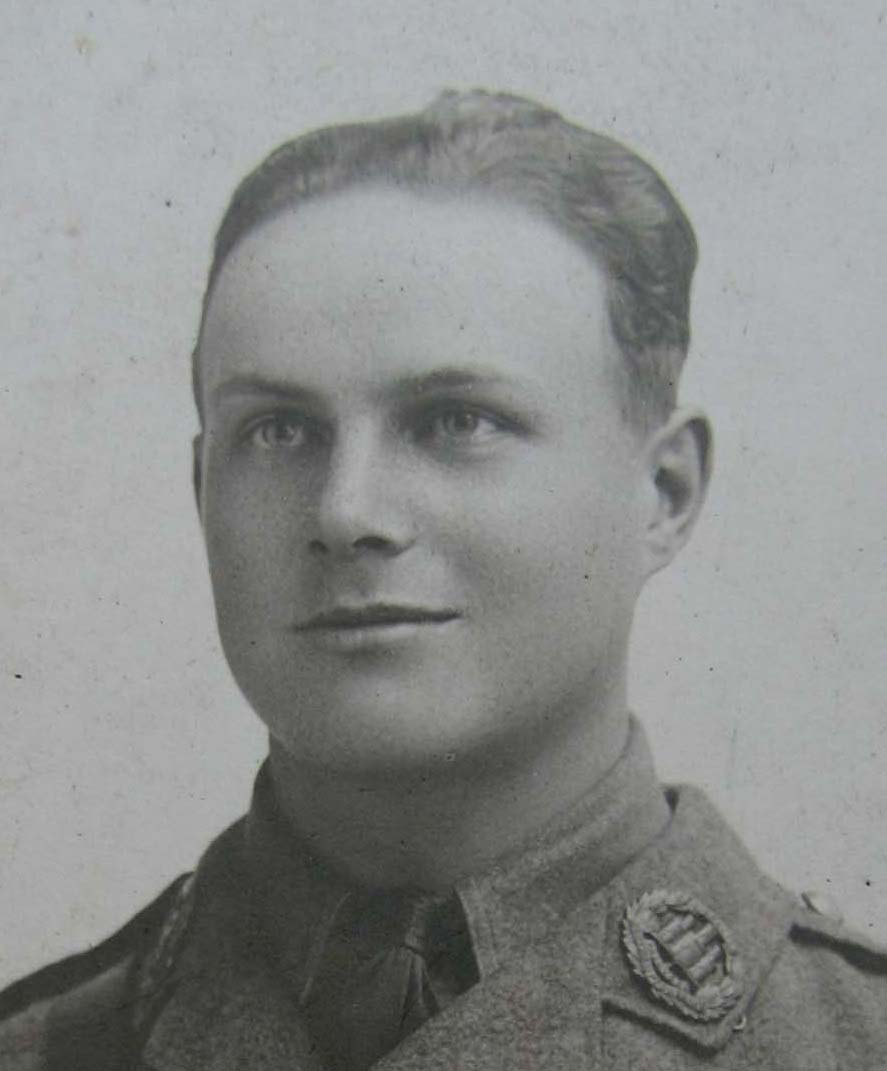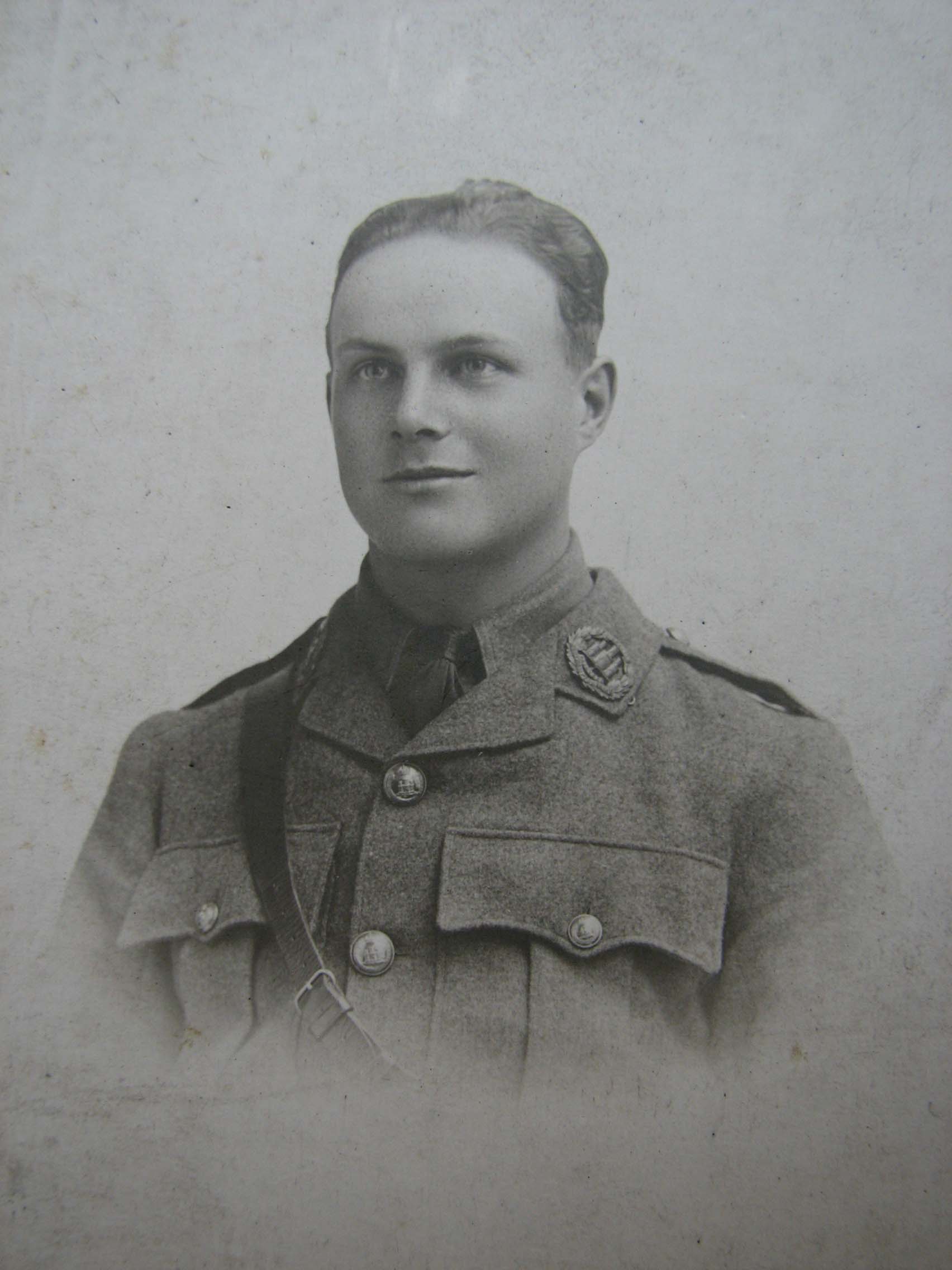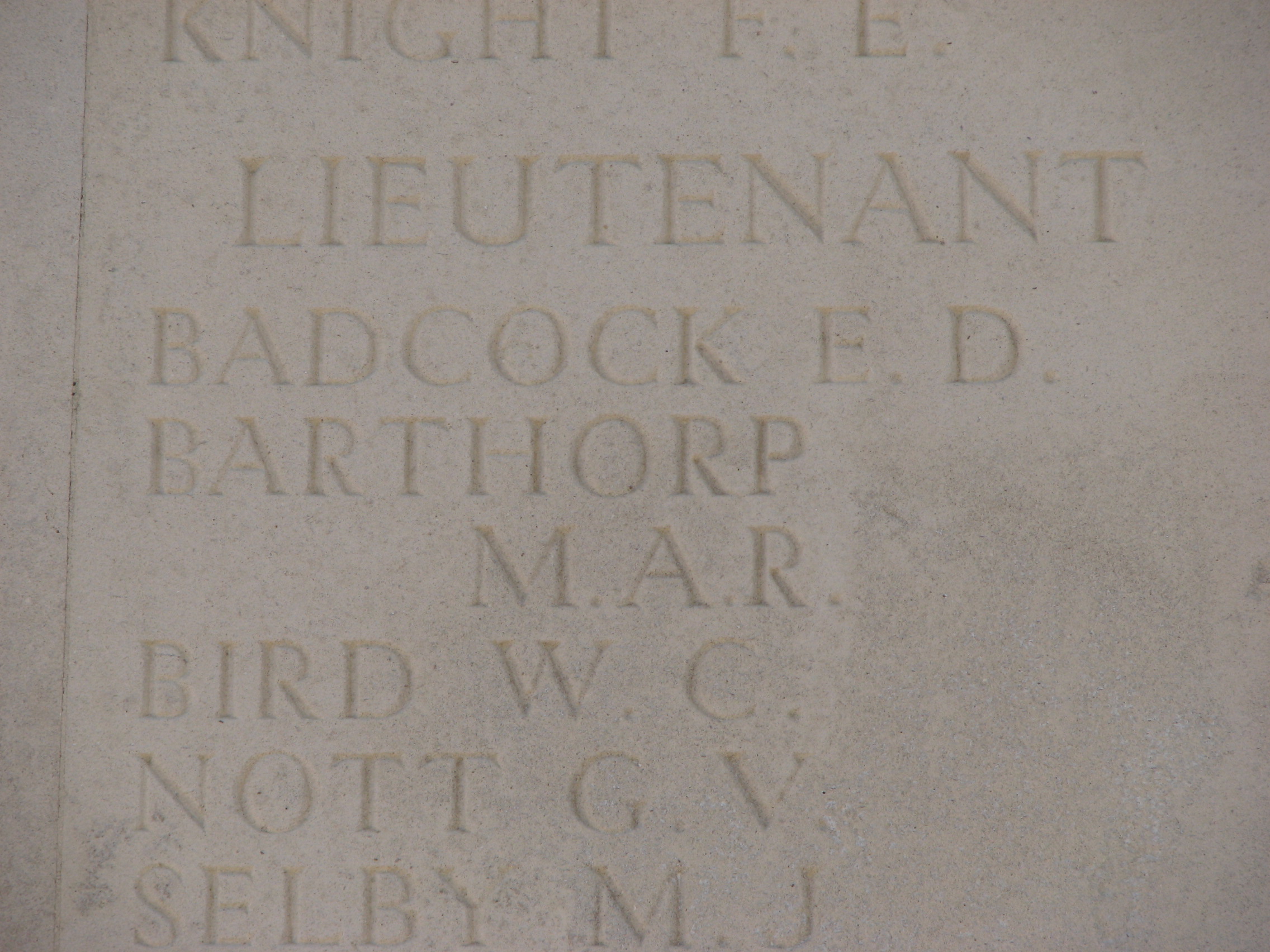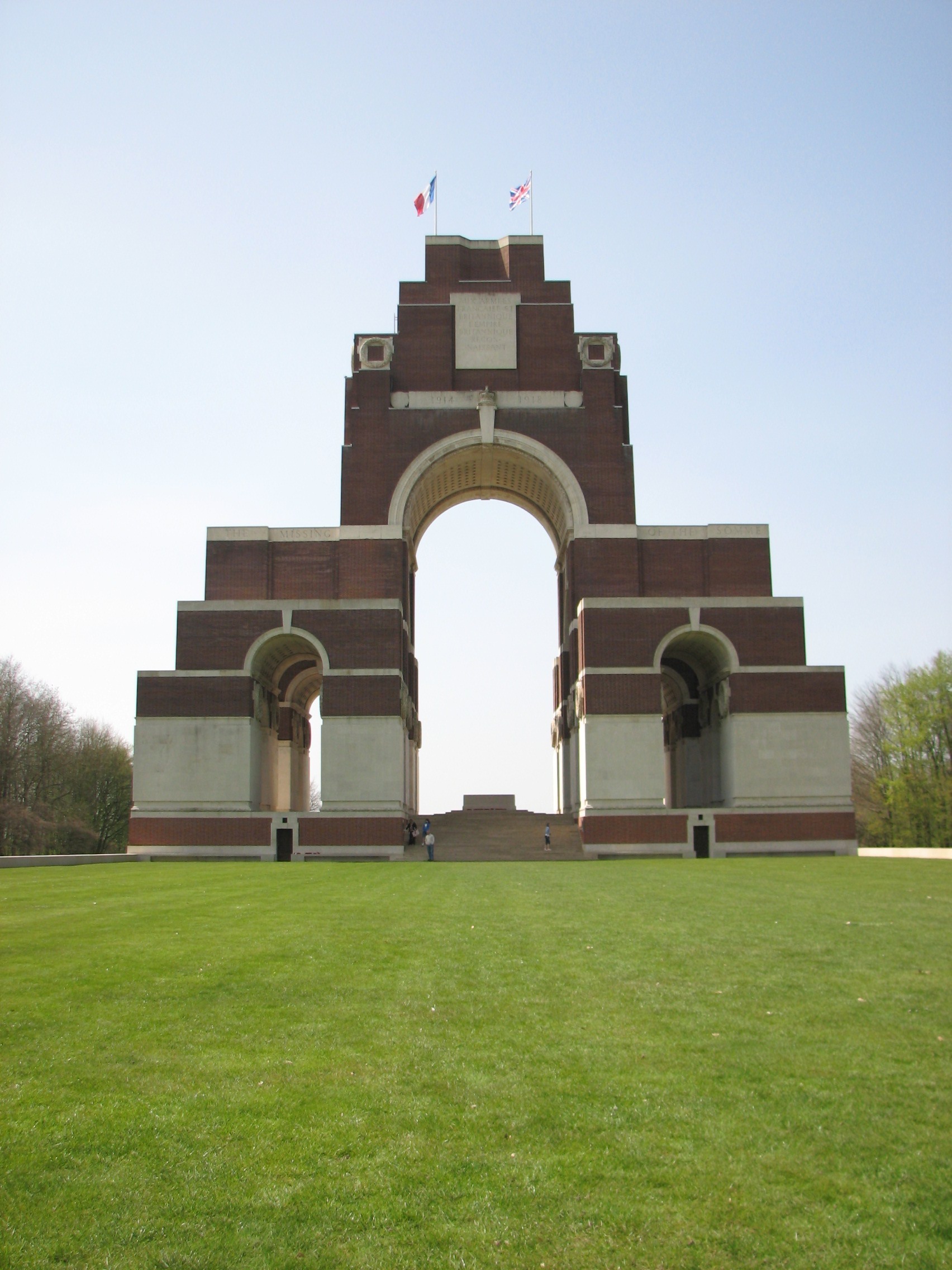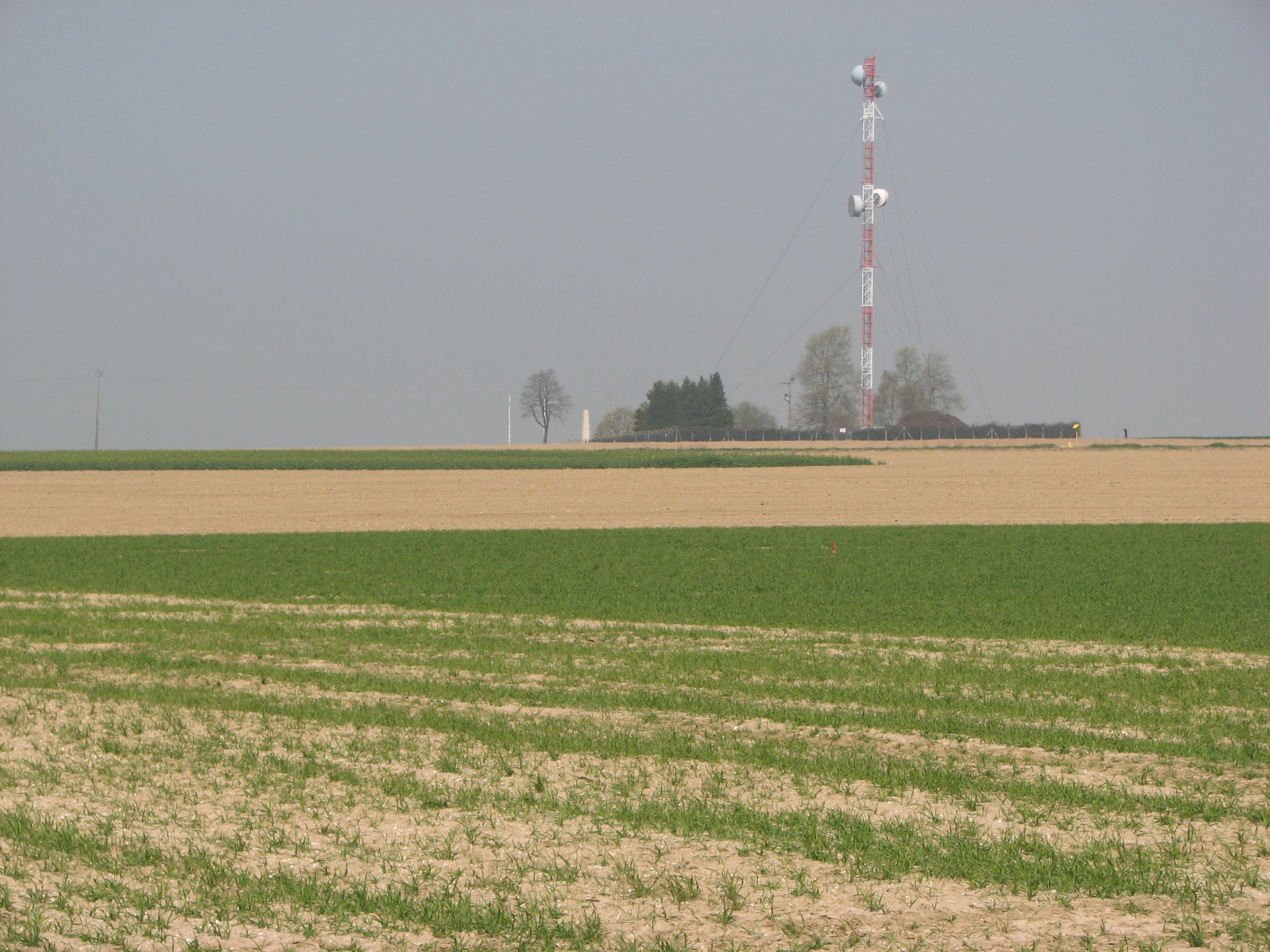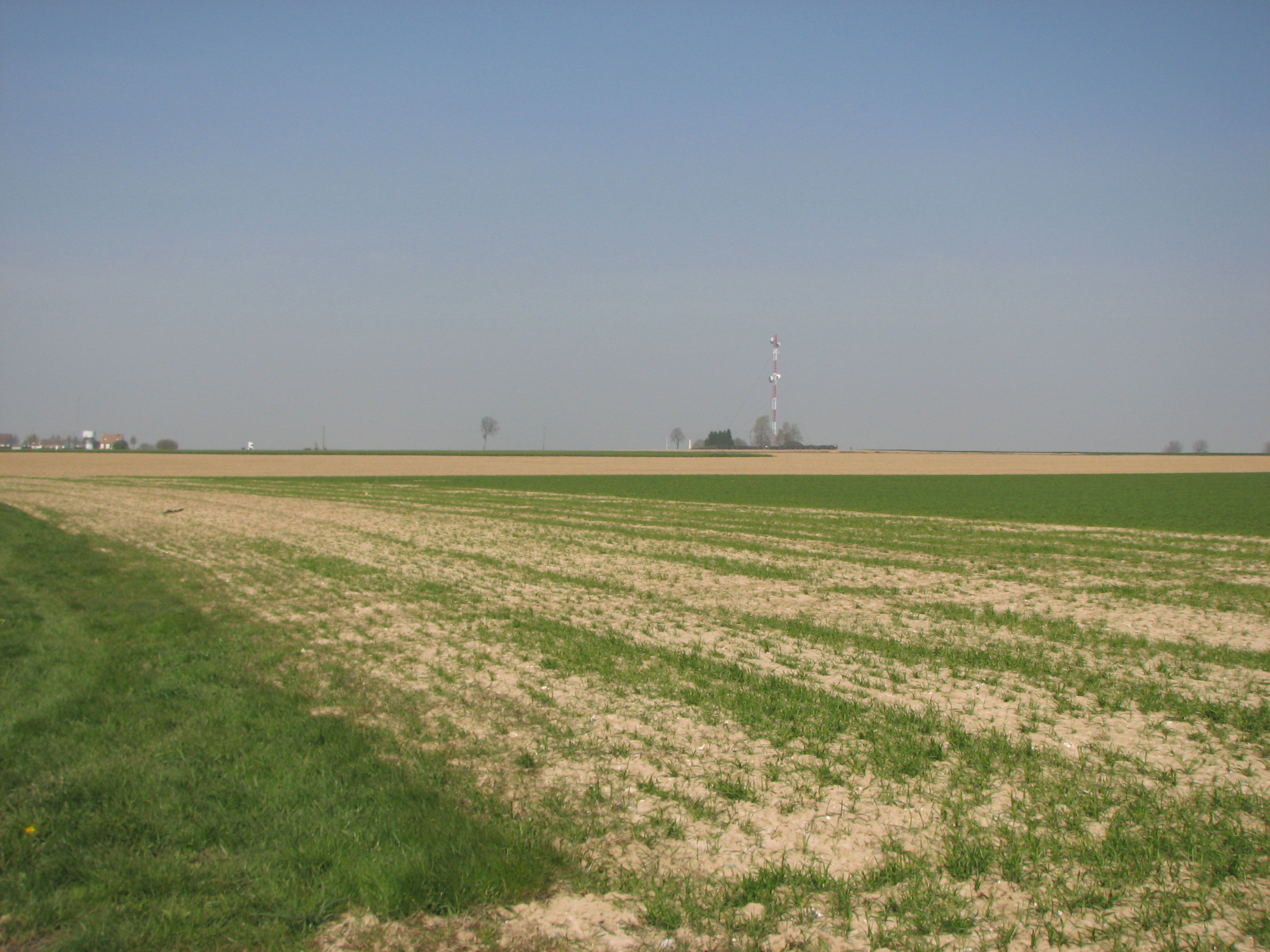Michael Barthorp (1896 - 1916)
Son of Arthur Barthorp. In August 1914, Michael was a Cadet at the Royal Military College at Sandhurst. He subsequently joined his father’s old Regiment – the Northamptonshire Regiment.- and served with their 1st Battalion in France. Michael was killed in action during the Battle of the Somme, and is one of many thousands who have no known grave.
- 12
- Died in the Great War
- 51.969961, 1.020902
Details
| Full Name: | Michael Arthur Raymond Barthorp |
| Service: | British Army |
| Unit: | 1st Battalion, Northamptonshire Regiment |
| Rank: | Lieutenant |
| Date of Death: | 20th July 1916 |
| Age: | 19 |
| Commemorated: | Face A of Pier 11, Thiepval Memorial, near Albert, France |
Family Background and Early Life
Michael Arthur Raymond Barthorp was born on 20th September 1896, at Camberley, Surrey, the eldest child of Captain Arthur Herbert Barthorp and his wife Florence.
Arthur Barthorp was a career Army officer in the Northamptonshire Regiment, and the son of a Cavalry officer who had been born and raised at Hollesley, Suffolk. As a result, Arthur had lived in a variety of locations during his childhood. In 1889, whilst stationed at Warley, Arthur had married Florence Courage, from nearby Shenfield, who was a member of the Courage Brewing family.
At the time of Michael’s birth, Arthur was nearing completion of the two year course at the British Army’s Staff College, located at Camberley.
When Michael was two, Arthur was posted to Jamaica to fill the position of Deputy Assistant Adjutant General. His family joined him shortly afterwards, and it was in Jamaica that Michael’s two brothers were born – John in April 1900, and Nigel three years later.
Arthur’s posting in Jamaica ended in November 1903. It is not certain whether Michael was still in Jamaica at this time, though there is some evidence that he had returned to the U.K. possibly as early as 1901.
Michael’s father – who was by that time a Major – purchased the Rectory at East Bergholt, when it was sold by the Diocese in June of 1904. It is possible that the Barthorps chose East Bergholt due to its proximity to the garrison town of Colchester, or Arthur may possibly have had prior knowledge of the village as his mother had been born in Capel St. Mary.
The Barthorps renamed the house Woodcote. The driveway to the house at that time led off Ghandish Road, where Ghandish Close now stands. Woodcote has since been renamed The Old Rectory by a subsequent owner, and is now accessed from the top of Rectory Hill.
Boarding School
In 1906 Michael started at Fonthill Lodge School in East Grinstead, Sussex, as a Boarder. He remained there for four years, before gaining a place at his father’s old school, Wellington College near Crowthorne in Berkshire. However, he almost certainly spent the school holidays at his parents’ home in East Bergholt.
Wellington College had originally been founded in the 1850’s with involvement from Queen Victoria and Prince Albert, in memory of the recently deceased Duke of Wellington. It was intended to provide a charitable, educational institution for the orphans of Army officers. Since its opening, the College had a large number of pupils that were not only Army orphans, but also the sons of serving Army officers, and some civilians.
In 1913, at the end of his three years at Wellington College, Michael applied to the Royal Military College, at Sandhurst, in Berkshire. He was obviously intent on following the family tradition, to serve as an officer in the British Army. He performed well in the entrance examinations, so much so that he was awarded a prize cadetship, which carried with it emoluments to help offset the cost of the fees. Michael’s father generously declined the emoluments and asked that they were allotted to another candidate “less fortunately circumstanced”.
Sandhurst
Michael was admitted to the Royal Military College on 4th February 1914. Exactly six months later Great Britain declared war on imperial Germany, following the latter’s invasion of neutral Belgium, and the British Army was immediately mobilised. All of the senior cadets at Sandhurst were immediately commissioned into the Army, whilst those cadets still remaining who – like Michael – had completed at least six months training, were put on a short refresher course in tactics and then commissioned.
At that time, those who had been successful in applying for the King’s Commission were asked to state a preference regarding the regiment to which they would like to be gazetted. Perhaps not surprisingly, Michael’s first choice was his father’s old regiment, the Northamptonshire.
Army Service
Michael was formally gazetted to the Northamptonshire Regiment on 1st October 1914, as a Second Lieutenant. He was posted to the 3rd (Reserve) Battalion of the Regiment at Sunderland, and later at Weymouth and Chatham. The 3rd acted as a depot for the regiment, and also a training unit. Whilst he was with them, Michael’s duties included the training of new soldiers, and also involvement in coastal defence.
It was during Michael’s time with the 3rd Battalion – on 13 March 1915, that he was promoted to the rank of Lieutenant.
France
Michael was sent to France on 5th December 1915, and joined the Regiment’s 1st Battalion in the field shortly afterwards. 1 At this time, the minimum age for a soldier to serve overseas in a theatre of war was 19. The 1st Northamptons were a pre-war Regular Battalion and had been in France since August 1914. Such had been the scale of the Battalion’s casualties in the fighting since, that by the time that Michael joined most of the men were replacements who had volunteered after the start of the War. 2 Two of the 558 casualties suffered by the Battalion on 9th May 1915, at the Battle of Aubers Ridge were East Bergholt men: Frederick Southgate from East End was killed, and Leonard Clark from White Horse Road was wounded and lost a leg. Leonard survived the War, and returned to East Bergholt where he became the village Shoemaker.
At the time that Michael joined the 1st Battalion, they were in the line in the Loos Sector, near the mining town of Lens. This area had been heavily fought over in the previous autumn, during the Battles of Loos, and was not regarded as a quiet sector of the front by any means. When they were taking their turns at the front, the Battalion would remain in the area around Loos until the start of July 1916.
Tragedy struck the Barthorp family in April 1916 when Michael’s youngest brother Nigel, died of Tubercular Meningitis aged just 12.
The Battle of the Somme
On 6th July 1916, the 1st Battalion moved south where it was to take part in the massive Anglo-French offensive which had been launched on the 1st of the month. The offensive would continue until November and it is now called the Battle of the Somme.
Late in the evening of 18th July, the 1st Northamptons took over part of the front line just south-east of the German held village of Pozieres. Pozieres was situated on the old Roman road between Albert and Bapaume, and was strategically important as it stood on the high-point of the ridge of the same name.
The following evening orders were received for part of the Battalion to attack and hold two enemy trench junctions. This was to be a surprise attack without a preliminary artillery bombardment. Each of the 4 assaulting parties was to consist of 1 officer, and 10 other ranks, and they moved out simultaneously at 2.30 a.m., followed by further groups ready to consolidate any gains. All of the attacks failed.
Michael was to lead the group that was to attack the O.G.2 trench, near to its junction with the trench called Munster Alley. The assaulting groups advanced in the face of continuous rifle and machine gun fire, and “Lt. Barthorp was killed or wounded as he reached the trench junction in O.G.2, 4 of his party only remained unwounded. These were driven back by hostile bombing”. 3 Extract from the War Diary of the 1st Battalion, Northamptonshire Regiment for July 1916 (National Archives WO 95/1271). The total casualties of these attacks were 3 officers, and 40 other ranks.
A telegram was sent to Woodcote four days later, to inform Michael’s family that he was “reported missing believed killed”. Over the next six months, extensive enquiries revealed that Michael was probably killed or mortally wounded as he reached the parapet of the enemy trench. Early in 1917, the Barthorps were officially informed that Michael was regarded as having died on 20th July 1916. At the time of his death, he was 19 years old.
Michael has no known grave, and he is commemorated on the Thiepval Memorial to the Missing, which stands just a few miles from where he lost his life.
The Thiepval Memorial is the Memorial to the Missing of the Somme, and bears the names of more than 72,000 officers and men of the United Kingdom and South African forces who died in the Somme sector prior to 20 March 1918, and who have no known grave.
Postscript
Michael’s death hit his father especially hard. Lieutenant Colonel Arthur Barthorp, who was then commanding Northamptonshire Regiment’s Depot in Northampton, died in June 1918, at the age of 55.
Florence remained living at Woodcote for the rest of her life. Shortly after the Great War, she was one of the leading figures in the moves to erect a Calvary Cross in front of St. Mary’s Church as an outdoor memorial to those from the village who gave their lives. The other existing memorials being erected inside churches or the village school.
Florence Barthorp died in 1954 at the age of 89. She was laid to rest with Arthur, and her son Nigel in East Bergholt Cemetery. 4 Michael’s younger brother John, was commissioned as a 2nd Lieutenant in the Northamptonshire Regiment in December 1918. He retired as a Captain in 1937, but was recalled on the outbreak of war in 1939 and served on the Staff at Aldershot until 1945.
Acknowledgements
I am very grateful for the kind assistance given to me by Michael’s nephew, the late Major M.J. Barthorp, Retd.
Copyright © Mark Ashmore, 2024
- 12
- Died in the Great War
- 51.969961, 1.020902

